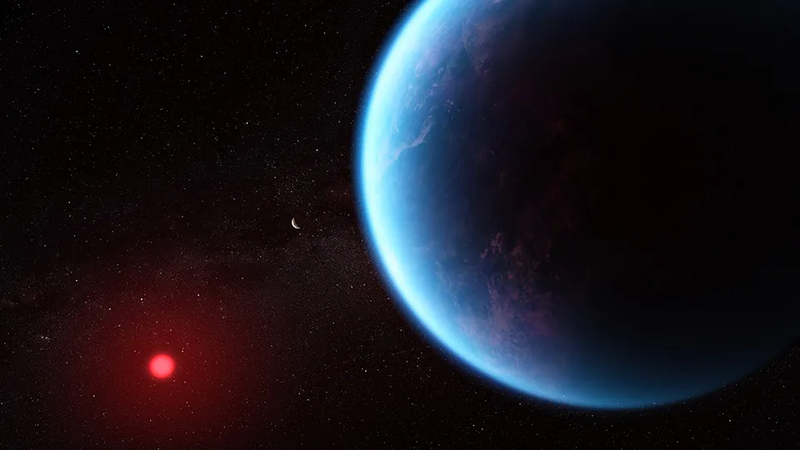In a groundbreaking discovery for the global scientific community, researchers using the James Webb Space Telescope have detected potential signs of life on exoplanet K2-18b. The team identified chemical fingerprints—dimethyl sulfide (DMS) and dimethyl disulfide (DMDS)—that on Earth are produced only by living organisms such as marine phytoplankton. This marks a transformational moment in observational astrobiology.
Located about 124 light-years away in the constellation Leo, K2-18b orbits a red dwarf star within the planet’s habitable zone—a region that may support liquid water. With a mass 8.6 times that of Earth and a diameter 2.6 times larger, K2-18b is considered a promising candidate among the so-called "hycean worlds," potentially featuring vast oceans and a hydrogen-rich atmosphere ideal for microbial life. Notably, the observed gas concentrations exceed 10 parts per million, a level that on Earth would signal biological activity.
Astrophysicist Nikku Madhusudhan of the University of Cambridge's Institute of Astronomy described the findings as a major step forward. "This is a transformational moment in the search for life beyond the solar system," he explained, emphasizing that although the findings point to a possible biosignature, further observations are needed to rule out non-biological explanations. The research team plans to repeat measurements and conduct additional theoretical studies to confirm these exciting results.
The discovery fuels the age-old question: Are we alone in the universe? As scientists continue to push the boundaries of space exploration and astrobiology, these initial signals from K2-18b offer a tantalizing glimpse into the potential for life on other worlds, inspiring a new era of global scientific inquiry and wonder.
Reference(s):
Scientists find strongest evidence yet of life on an alien planet
cgtn.com




